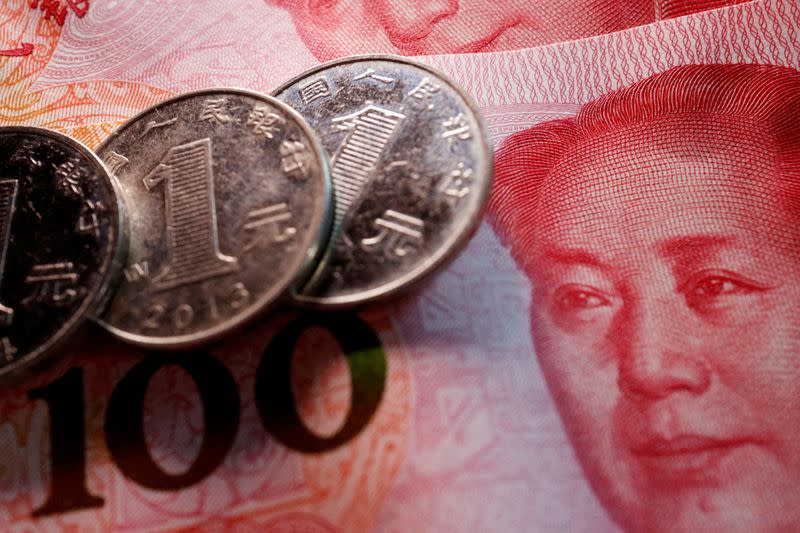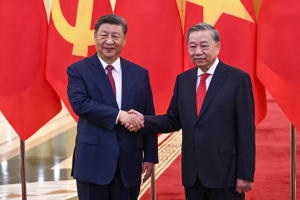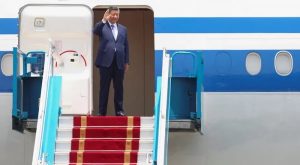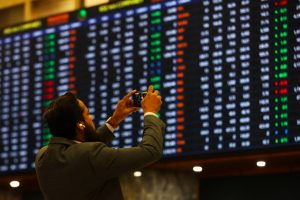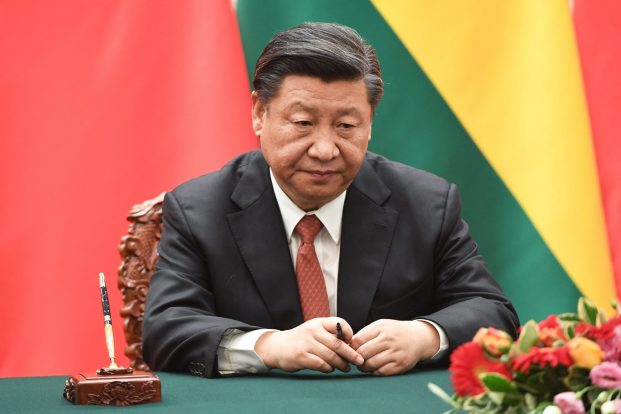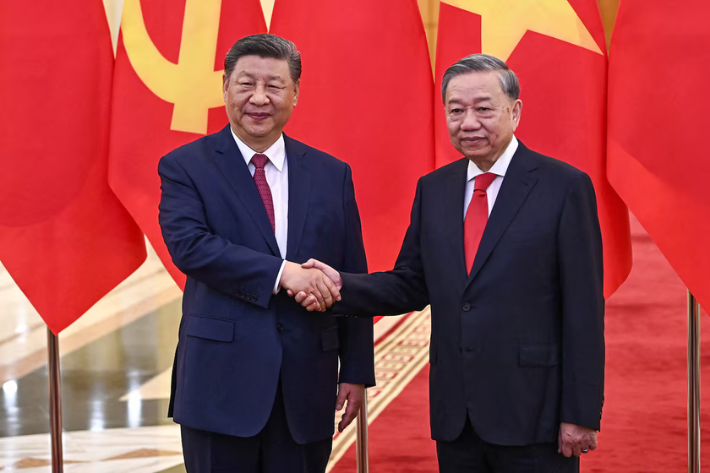China’s central bank has rushed to try to stabilize the yuan, which has weakened to its lowest in 16 months, while stock exchanges have been warning mutual funds since late last week to restrict stock selling at the start of the year.
Reuters said three sources revealed that at least four large mutual funds received calls from the Shanghai and Shenzhen stock exchanges on December 31 and January 2 and 3, asking them to buy more stocks than they sold each day.
Shanghai and Shenzhen stock exchanges in China were anxious to bolster markets on Monday, which have been sliding because of investor concerns about Donald Trump’s return as US President and his threats to impose big tariffs on Chinese imports.
ALSO SEE: China Ponders Export Curbs on Lithium Tech, EV Batteries
Trump’s tariff threats have rattled the yuan, driven mainland bond yields down and got stocks off to a bad start to 2025, amid doubts over Beijing’s ability to revive the economy.
On Monday, China’s CSI-300, its blue-chip stock index, touched its weakest level since the end of September, down as much as 0.8% on the day. The index fell 5% last week to clock its biggest weekly loss in more than two years.
The Shanghai and Shenzhen stock exchanges recently held meetings with foreign institutions, both bourses said on Sunday, assuring investors they would continue to open up China’s capital markets.
Concern on outflows after decision to weaken yuan
The People’s Bank of China could issue more yuan bills in Hong Kong in January, state-owned news outlet Yicai reported on Monday, in a sign authorities want to absorb currency to dampen speculation. Financial News, a central bank publication, said the PBOC has the tools and the experience to react to yuan depreciation.
“The decision to allow the yuan to weaken last week has heightened concerns about capital outflows, further dampening investor sentiment,” Charu Chanana, chief investment strategist at Saxo, said.
“Preventing a sharp decline of the yuan will be crucial for China’s recovery. Any tactical recovery this year will need more than just stimulus measures, particularly whether China can negotiate a deal with President-elect Trump.”
The world’s second-biggest economy has struggled over the past few years as a property downturn and slowing income sapped consumer demand and hurt businesses. Exports were one of the few bright spots, but could face hefty US tariffs under a second Trump administration.
The S&P 500 has risen 4% while China’s CSI-300 index has dropped 4.3% since the US election, highlighting the worries around tariffs. European stocks are flat in the same period.
Yuan fell 2.8% last year
Chinese authorities have introduced various support measures since September, including swap and relending schemes totalling 800 billion yuan ($109 billion), to shore up investor confidence and put a floor under stocks.
The yuan has routinely hit multi-month lows since Trump won the election in early November as the threat of tariffs along with worries about China’s sluggish economic recovery triggered capital outflows.
The spot yuan hit 7.3237 per US dollar on Monday, its weakest level since September 2023, after breaching the key threshold of 7.3 per dollar for the first time since 2023 on Friday.
The yuan declined 2.8% against the dollar in 2024, its third straight annual decline, reflecting most currencies’ struggle against a strong dollar.
Despite China’s efforts to stall the yuan’s decline via the daily benchmarks it sets, falling domestic yields and broad dollar strength have undercut their efforts.
The central bank on Friday warned fund managers against pushing bond yields even lower, amid worries that a bubble in bonds might stymie Beijing’s efforts to revive growth and manage the yuan.
In a sign of bearishness on the economy and deeply entrenched deflationary pressures, bond yields up to the 3-year tenor are trading below the short-term policy rate, the 7-day repo rate at 1.75%. Long-term yields are at record lows.
“While Chinese officials have promised further stimulus, signalling greater monetary and fiscal easing, investors are waiting for concrete signs that demand is responding,” HSBC’s chief Asia economist Fred Neumann said.
“After many fits and starts over the past year, greater evidence is needed that China’s economy is responding to stabilisation measures,” Neumann said.
A key test for consumer confidence will be the impending Lunar New Year celebrations, which start on January 29, he said.
- Reuters with additional editing by Jim Pollard
NOTE: Additional details and a link were added to the top of this report on January 6, 2025.
ALSO SEE:
Millions of China’s State Workers Get Pay Rise to Lift Economy
China Unveils Bond-Funded Initiatives to Boost Sluggish Economy
Top Carmakers Continue China’s EV Price War For a Third Year
China Plans Record $411 Billion Bond Issuance in 2025: Sources
New US Probe Announced Into China’s Legacy Chips
China Central Bank ‘to Allow a Weaker Yuan’ as Trade Risk Rises
China’s Central Bank Deflates Long Rally in Government Bonds




